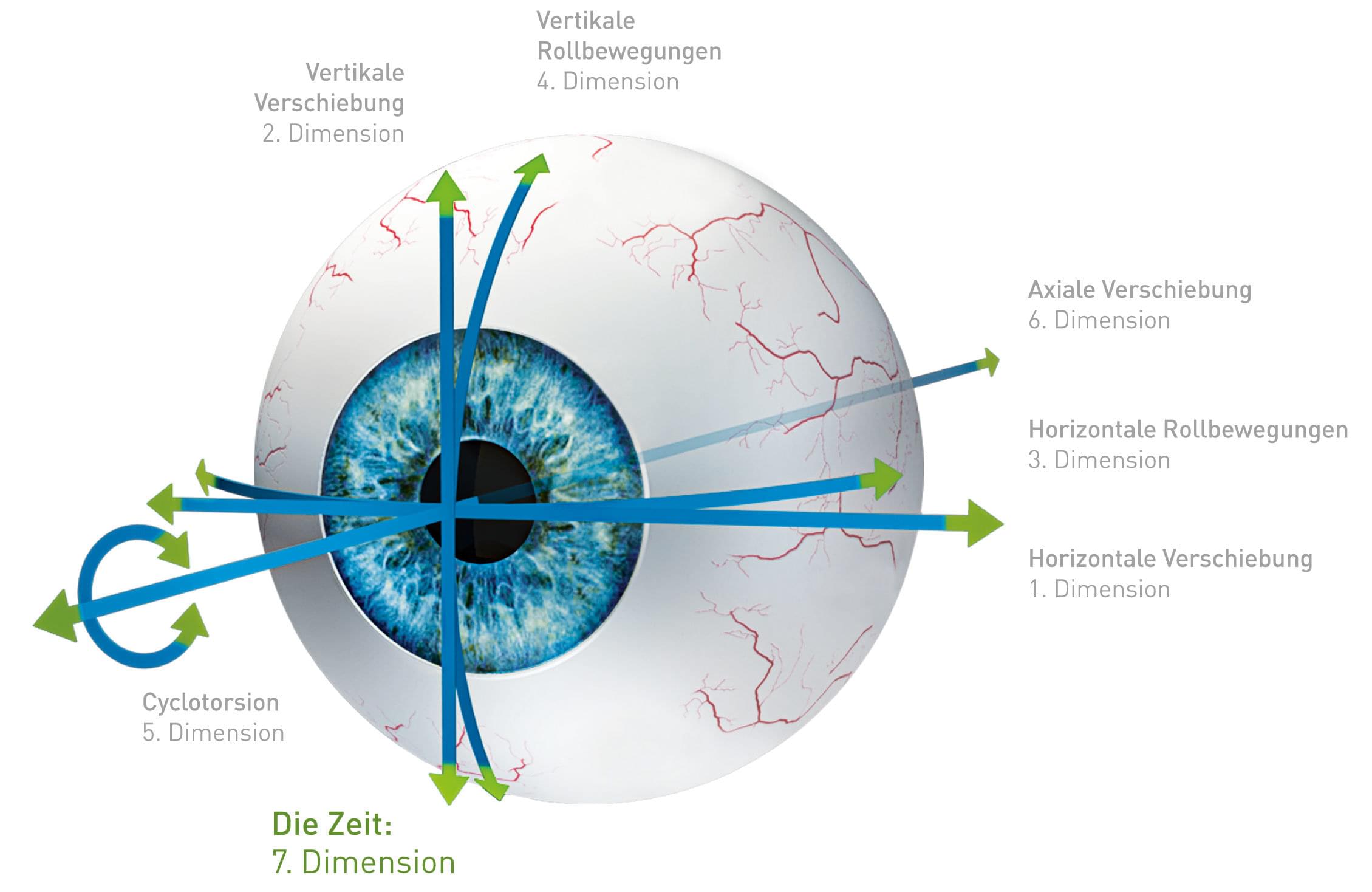Wavefront-individualized Premium TransPRK I SmartSurfACE
Including initial consultation and examination, preliminary examination, wavefront-individualized laser treatment by Dr. Breyer and all necessary follow-up checks.
Trans PRK is a more precise further development of classic PRK surface treatments. What makes it special is that it is performed exclusively with an excimer laser. This first removes the uppermost corneal layer (epithelium) and then immediately performs the vision correction in the corneal stroma. For this laser eye surgery method, we use the SCHWIND AMARIS 1050RS, the fastest excimer laser in the world - made in Germany. It is the only laser to combine TransPRK with SmartSurf ACE technology. This achieves particularly smooth corneal ablation and therefore an even better visual result - and at a good price. The technology can also be used for laser eye surgery for presbyopia.

TransPRK mit der SmartSurf Technologie ist ein berührungsloses Augenlaserverfahren ohne Flap – besonders für Kontakt- und Wassersportler zu empfehlen. ©JMichl
TransPRK (transepithelial photorefractive keratectomy) is performed exclusively with an excimer laser - contact-free and without an incision. In a single step, the excimer laser removes the outer, regenerable corneal layer (epithelium) where it then corrects the visual defect through precise ablation - and only exactly where it is necessary: in the underlying corneal stroma.
This means that the epithelium does not have to be removed manually, nor is an alcohol solution used, as is the case with classic PRK methods. With the excimer laser, the epithelium can be removed more easily, more precisely and more evenly. As a result, it heals much faster and has usually regenerated just one to two days after TransPRK.

We use the new SCHWIND Amaris 1050RS high-speed excimer laser for the TransPRK. This is the only laser that combines TransPRK with SmartSurfACE - using SCHWIND SmartPulse technology, which achieves particularly smooth corneal ablation (Smart Surface). This shortens the healing process for regular corneas, the sensation of pain after treatment is reduced and the quality of vision immediately after treatment is better compared to conventional surface procedures. As a rule, a good visual result is achieved after just 2 to 3 weeks and not after 4 to 6 weeks as with conventional PRK procedures. Due to the residual stromal thickness that is common for PRK procedures, patients with high values (up to -8 dpt) enjoy greater safety than with a flap procedure such as LASIK or Femto-LASIK. The visual results with the SmartSurf procedure are also excellent for hyperopic eyes.
For irregular corneas, we offer SmartSurf ACE with wavefront-guided ablation. Here, the ablation is calculated in accordance with the corneal topography and in combination with aberrometry to achieve the best possible results. The prerequisite for this is the unique 7D eye tracker and the high pulse speed of the Schwind laser, which ablates one diopter in approx. 1.3 seconds.
Before laser eye surgery with the SCHWIND laser, we examine your eyes using high-precision diagnostics to rule out any risk. For optimum results, we also use SCHWIND technology for diagnostics. The measured values are fed directly into the Amaris excimer laser. In this way, we avoid sources of error so that you can look forward to the best possible quality of vision.
This procedure is recommended for all those who do not want a procedure with a corneal flap for sporting or professional reasons. TransPRK is also an option for those with thinner corneas, some corneal diseases, irregular corneal topographies and higher farsightedness in order to achieve independence from glasses. Special ablation profiles can even make reading glasses superfluous. SmartSurf can also be combined with crosslinking treatment (for keratoconus, among other things).
Range of application of the TransPRK:
Boundary range of TransPRK:

At 1050 Hertz, the Schwind Amaris 1050RS is the fastest excimer laser for refractive treatments - so fast that you as a patient no longer have time to make mistakes.
The Amaris eye laser corrects one diopter in 1.3 seconds. Every eye movement, no matter how small, is registered by its highly sensitive eye tracker in 7 dimensions and immediately taken into account when lasering your cornea so that the ablation corresponds to the previously defined ablation profile with unprecedented precision. This combination of speed and comprehensive control through eye tracking is unique to the Schwind Amaris excimer laser.
Dr. Breyer is an internationally acclaimed specialist in laser eye and lens surgery and has performed over 60,000 procedures independently.
Dr. Kristin Lena Artz also specializes in performing TransPRK with SmartSurf technology.
Including initial consultation and examination, preliminary examination, wavefront-individualized laser treatment by Dr. Breyer and all necessary follow-up checks.
Including initial consultation and examination, preliminary examination, laser treatment by Dr. Artz and all necessary follow-up checks.
* The fee for our laser and lens treatments is based on the German Medical Fee Schedule (GOÄ). To help you plan better, we have compiled the estimated prices of some service packages here as examples. We will be happy to discuss which treatment is suitable for you personally and the approximate costs you can expect after an initial examination.
** monthly costs for a term of 24 months without a deposit.
By the way: under certain circumstances, laser treatments can be deducted from tax as an extraordinary expense. Read more about this here.